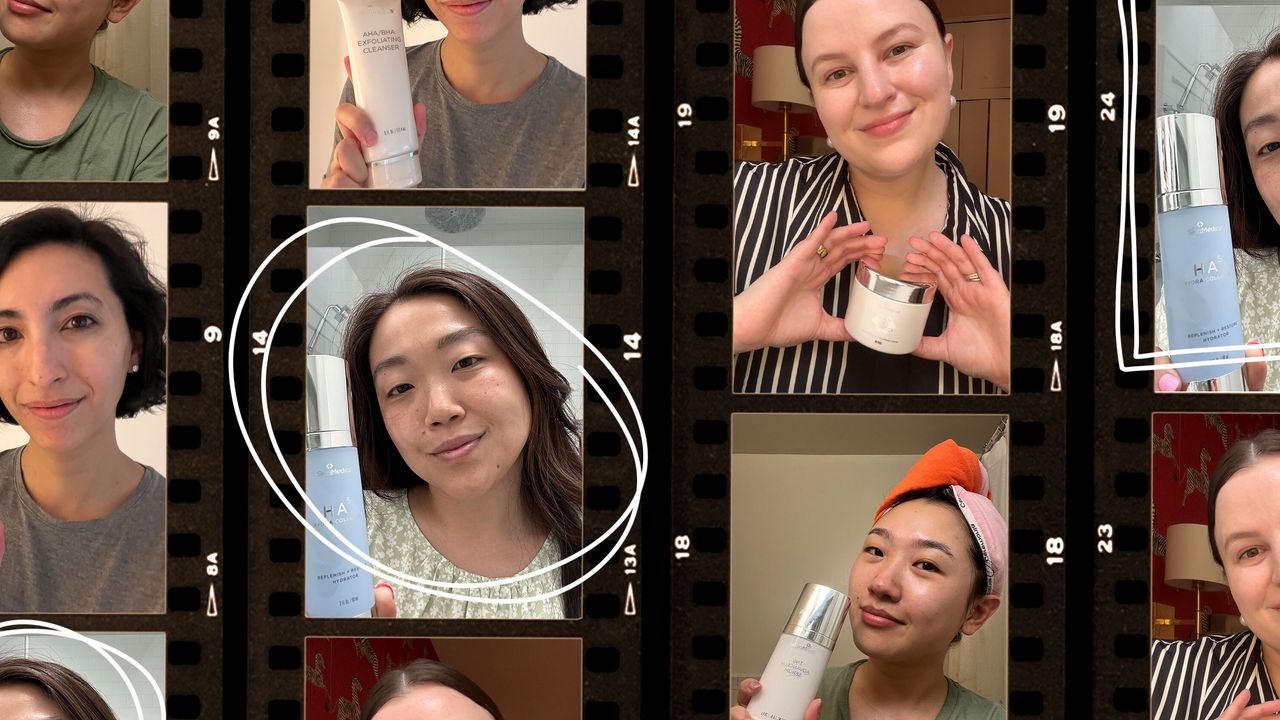Blog
I broke up with tretinoin cream—here’s how I rebuilt my skincare routine

Dr Kohli adds that some people even experience mild withdrawal-like symptoms, such as peeling, redness or dryness, as the skin recalibrates. But here’s the surprise: “Many patients find that after a tretinoin break, their skin actually performs better with gentler alternatives. The barrier has time to repair, sensitivity decreases, and they can often achieve similar results with less aggressive approaches.”
What you can use instead of retinoids
No single product can replace tretinoin cream, so I broke it down by function—collagen production, skin clarity, texture smoothing, anti-inflammation—and rebuilt my routine from the ground up. Dr Kohli and Dr Agarwal both outlined a list of powerful ingredient options:
Bakuchiol
Nature’s retinol, derived from the babchi plant. Dr Kohli calls it “a clinically proven retinol alternative that stimulates collagen production and improves skin texture without the typical irritation.” It can even be used day and night.
Azelaic acid
A godsend for rosacea. “Azelaic acid reduces inflammation, minimises pores, and addresses both acne and pigmentation concerns,” says Dr Kohli. It’s gentle, well-researched, and safe for long-term use.
Niacinamide
“Niacinamide strengthens the skin barrier and reduces inflammation,” says Dr Agarwal. It also helps regulate oil, shrink pores, and works beautifully with other actives. Consider this your barrier’s best friend.
Peptides
“They offer anti-aging benefits without exfoliation or irritation,” says Dr Kohli. Peptides tell your skin to produce more collagen and elastin, supporting firmness and elasticity gently.
Vitamin C
Vitamin C never really suited my skin, even before retinol or retinoids entered my skincare routine. For those it does work for, consistent use of vitamin C can “promote collagen synthesis and addresses pigmentation concerns while being suitable for pregnancy and breastfeeding,” according to Dr Kohli.
It’s not just physical, there’s a psychological shift too
Many dermatologists talk about something akin to skincare separation anxiety. “Some patients develop what I call ‘tretinoin dependency syndrome’—a psychological reliance on the idea that only this powerful ingredient can maintain their skin,” says Dr Kohli. “Breaking that mental connection is often harder than managing the physical transition.”
That rang true for me. Letting go of tretinoin cream meant confronting the deeper fear that my skin would go back to its “before” state—blotchy, uneven, inflamed. But it didn’t. In fact, with a new, gentler but still effective routine, it got calmer and more stable. Dr Kohli puts it best:
“We’re moving away from the ‘no pain, no gain’ mentality. The most beautiful skin is healthy skin—skin that feels comfortable, functions optimally and ages without being forced into submission.”
For some, retinoids like tretinoin cream are a skincare godsend. For others, it’s too much of a good thing. “The one-size-fits-all approach to anti-ageing is giving way to nuanced strategies that consider individual skin types, lifestyles, and tolerance levels,” says Dr Kohli.
The most radical act in skincare might not be using the strongest ingredient on the shelf—it might be choosing the one your skin actually wants. And right now, mine wants peace, not punishment.
Also read:
Retinol vs retinoid–what to start and when, according to experts
From hydration to glow: the benefits of rose water you need to know
10 peptide lip balms that do more than just hydrate







